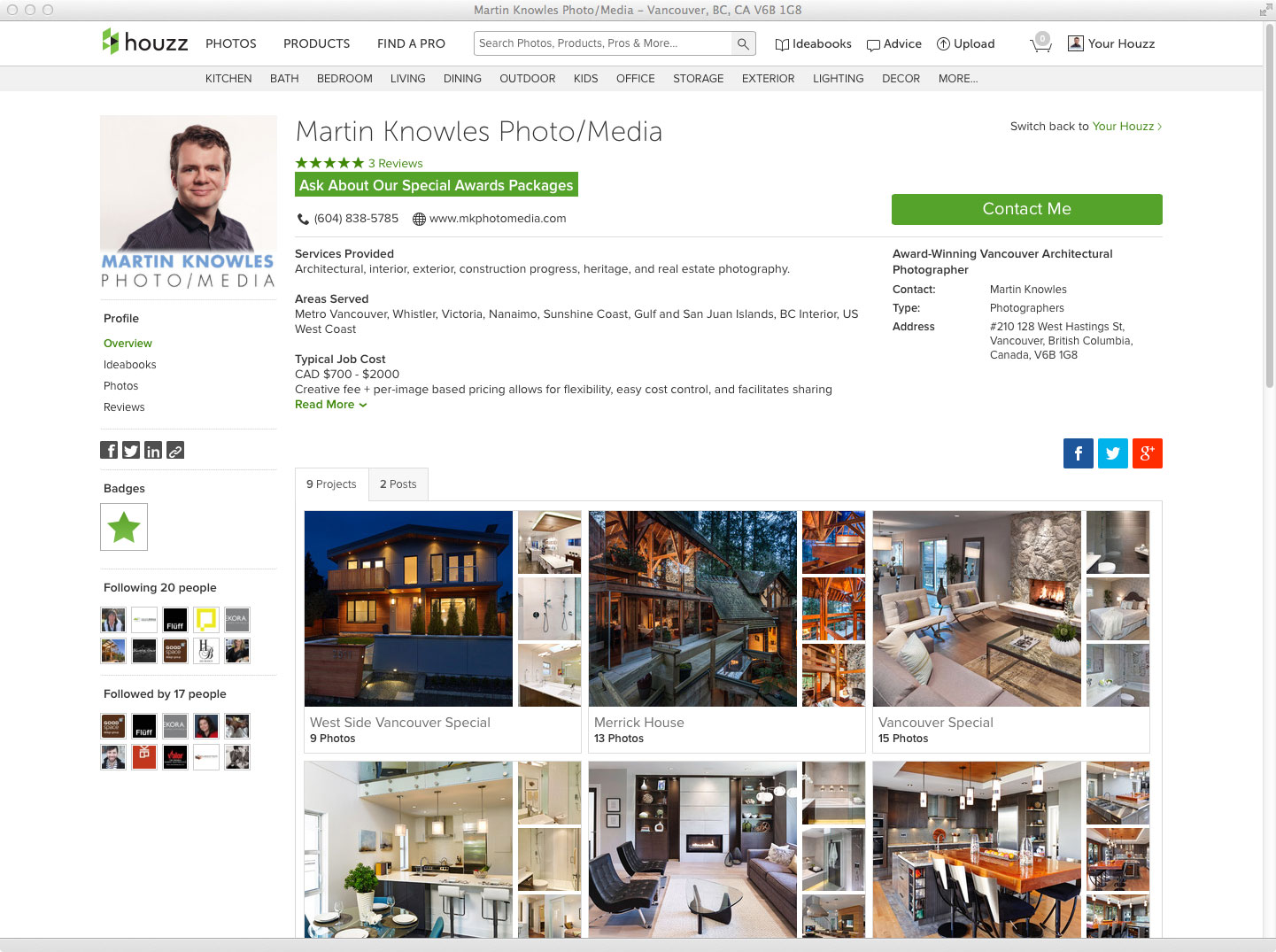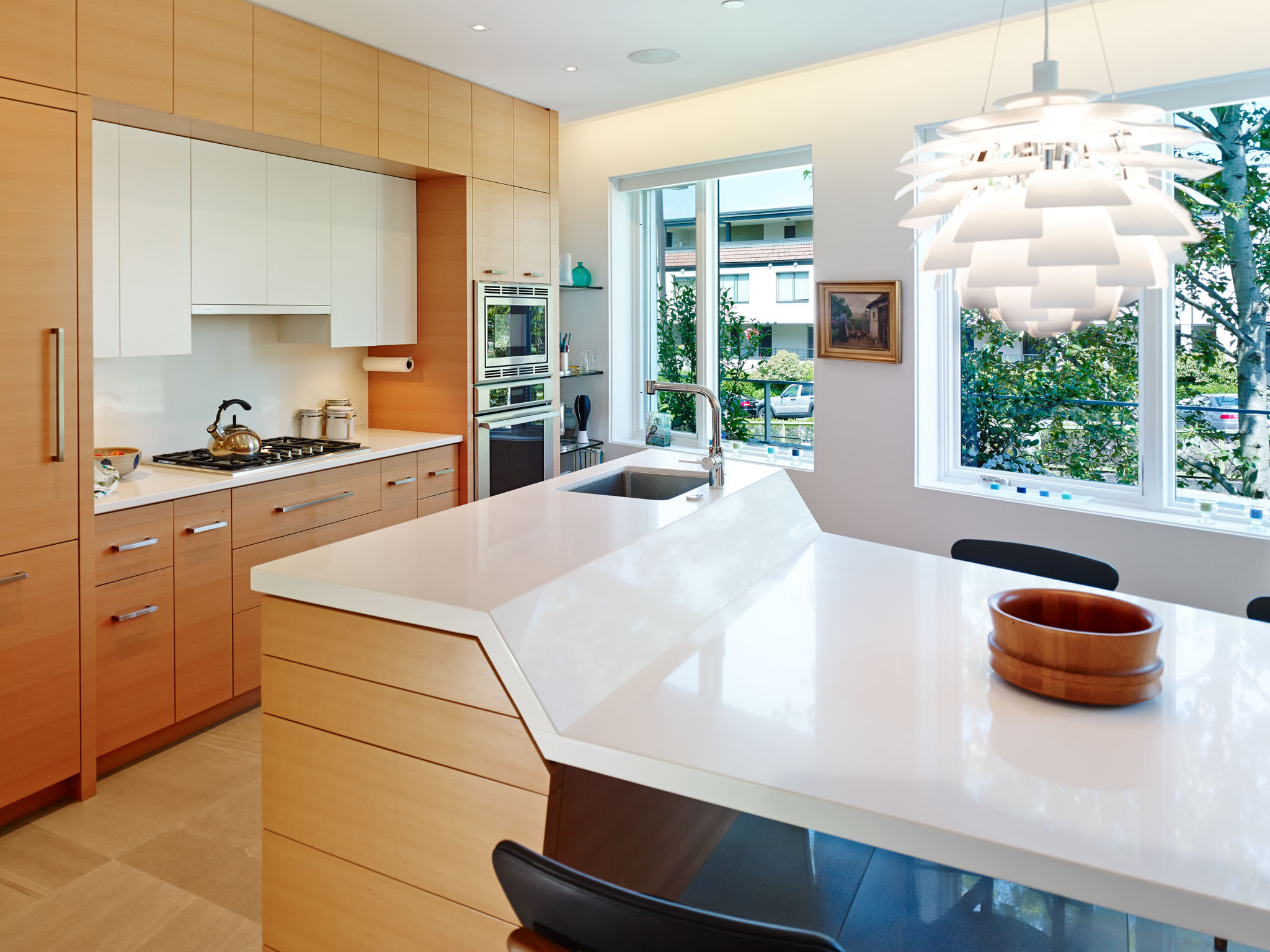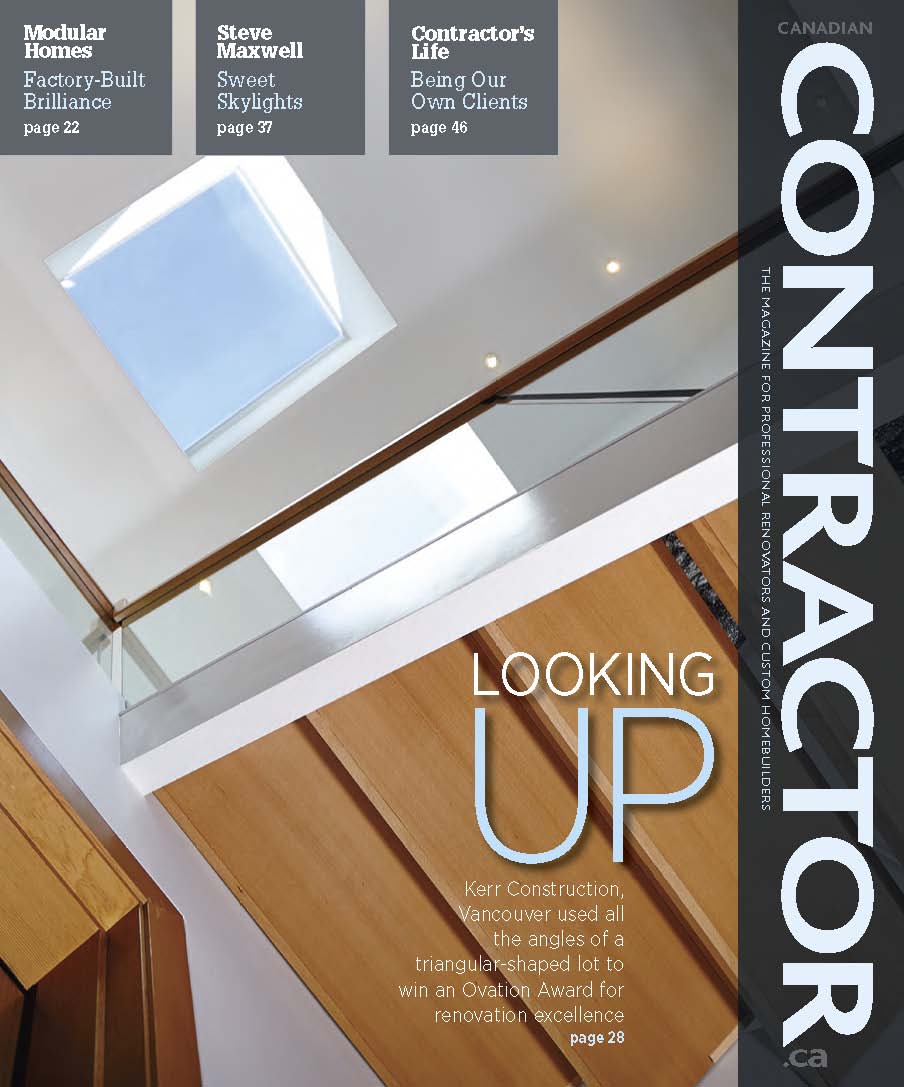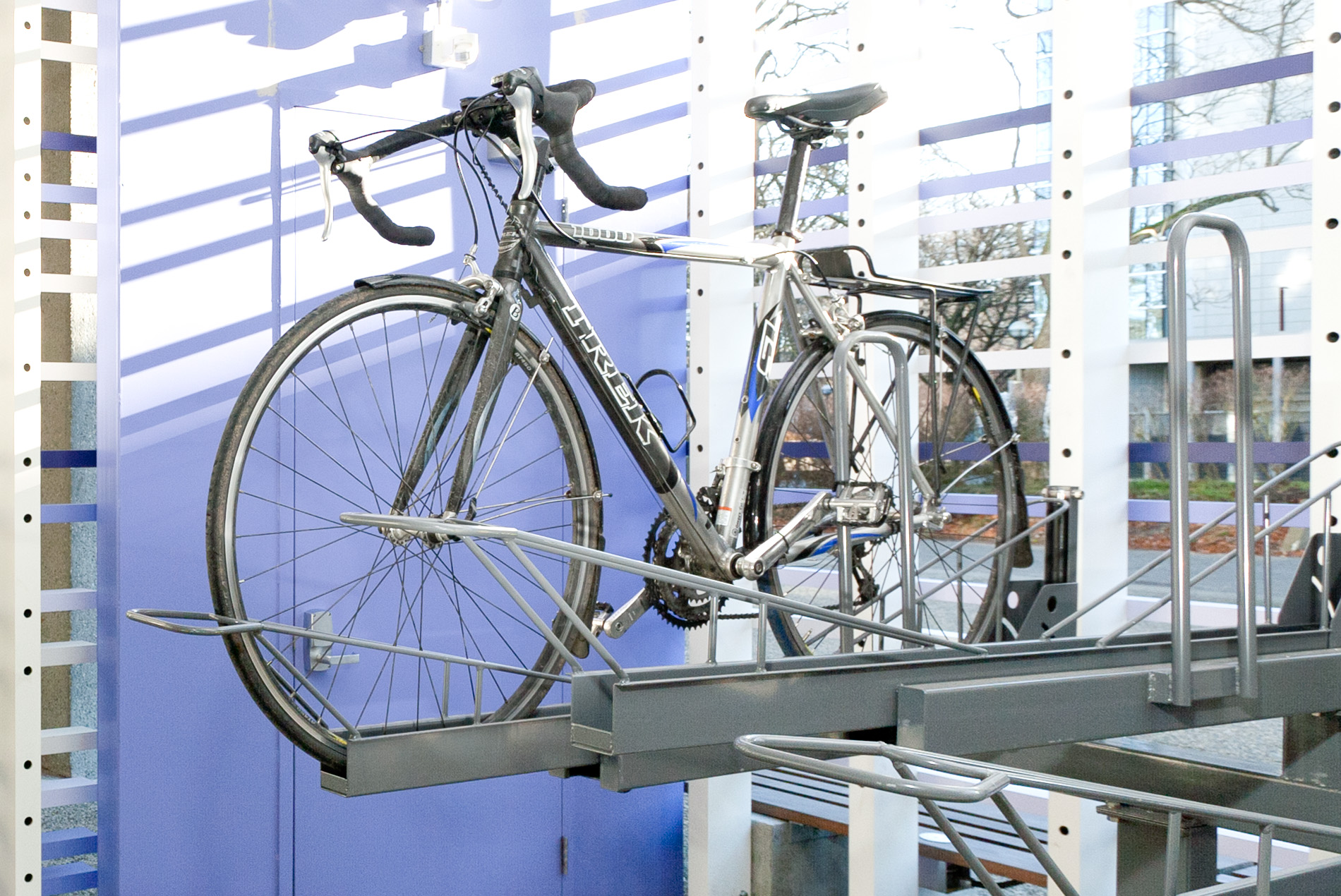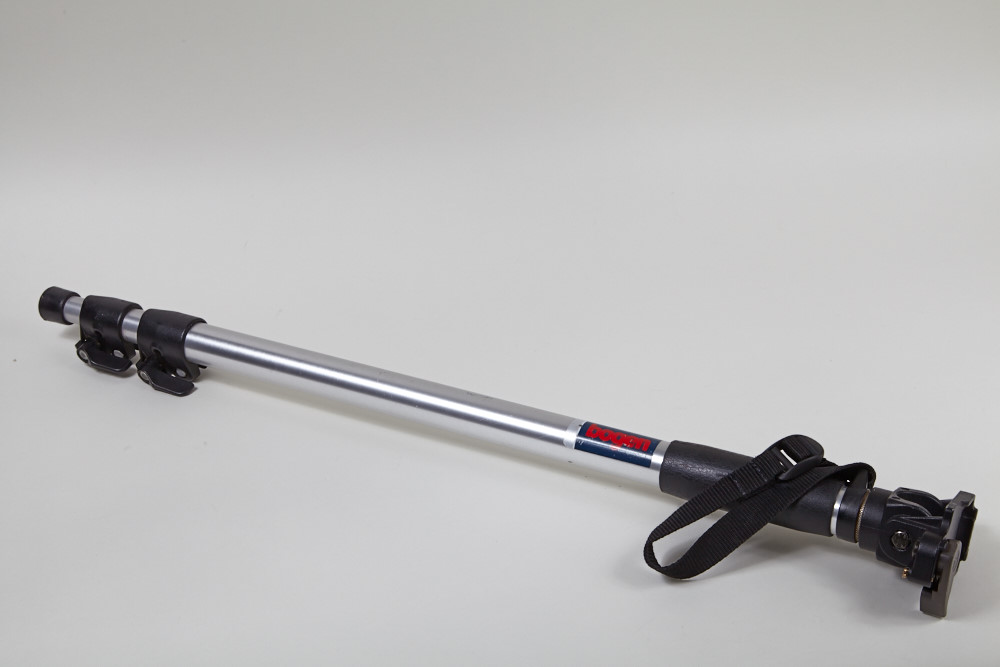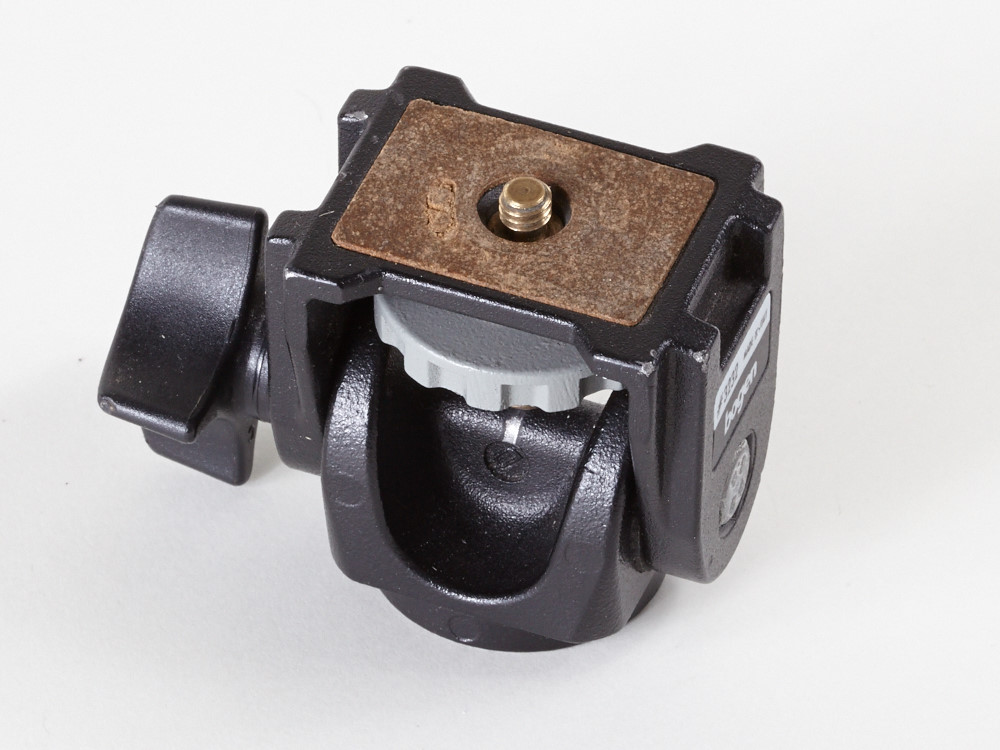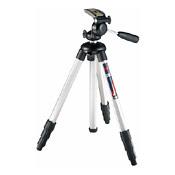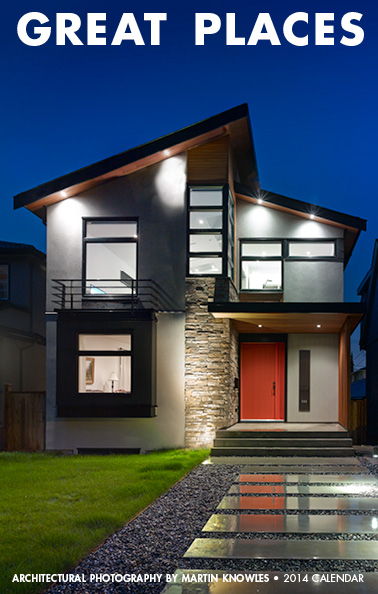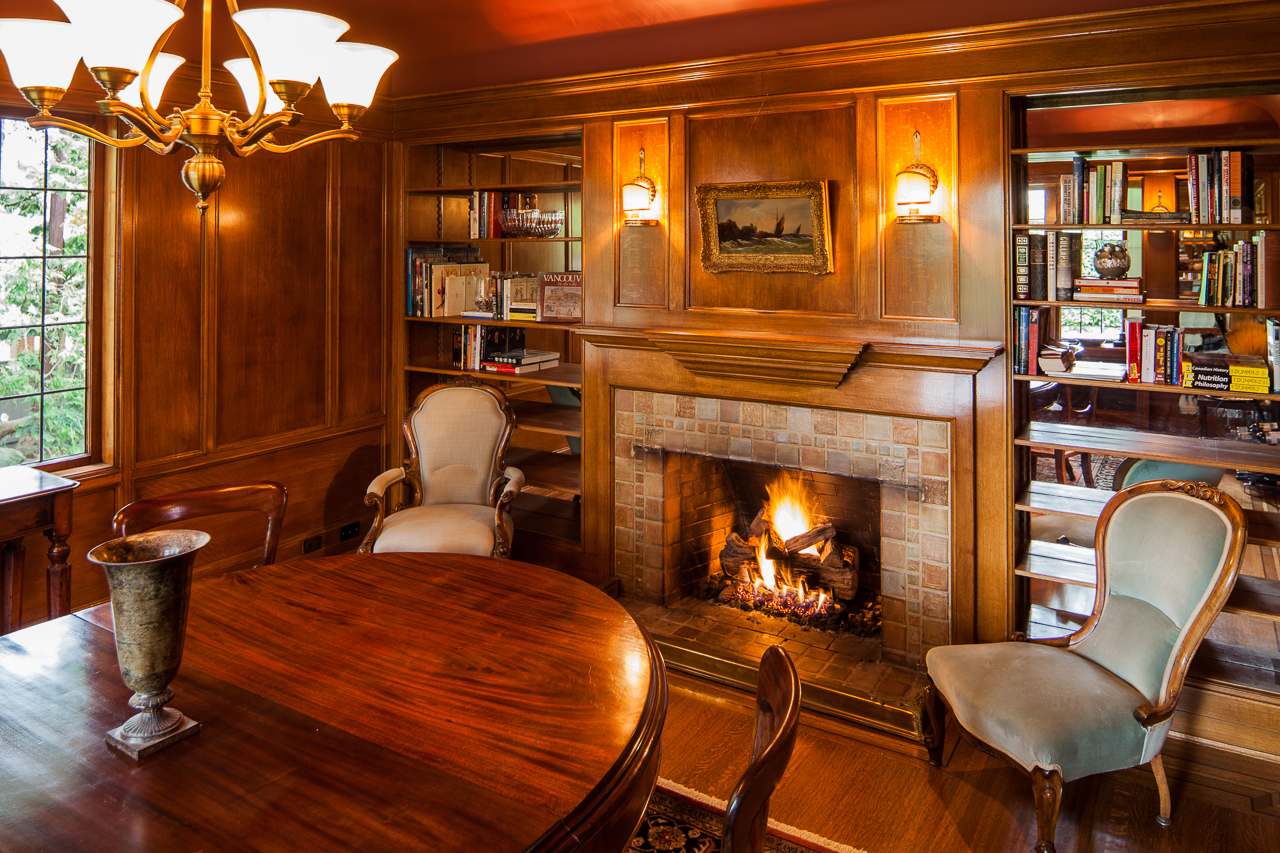Happy New Year, everyone! If you're a client or friend, this means that you'll soon be receiving (or have already received) this year's Martin Knowles Photo/Media calendar:

...and if you want to make sure you get one, let us know as we'll be mailing out (or hand-delivering, if you're in metro Vancouver) a whole pile the first week of January. This year marks a major milestone: I've been putting a photo calendar together annually for the last fifteen years. Yes, that predates the founding of Martin Knowles Photo/Media. In honour of Throwback Thursday, it's time for a walk down memory lane at past designs. Some of you probably have a full run of these back to the start, and if you do, congrats (and I want to hear from you, because you are one of a very special bunch of people).
The Handmade Era (2001-2003)

The first calendar I produced was in December 2000 for 2001, still back in university days. I'd just finished building in a home darkroom as part of a minor basement renovation at my old townhouse in Port Moody, and I wanted a good way to show everyone what the lab space was capable of. While I could do (and often did) RA-4 colour printing out of the space, it was far easier and faster to do a pile of B&W instead of doing colour 2 images at a time. Doing one image for every 2 months meant printing 6 images per calendar rather than 12, and that meant less paper and a cheaper bind at the local print shop. 60 prints (plus make-ready) and a pile of mounting later, the calendar tradition was born, with an edition of 10, all of which went out to family and close friends.
For the next two years, I kept doing this. By 2003, at an edition of 20, I'd gotten tired of being out in the parking lot in the middle of the night on Christmas night spray gluing prints in near-freezing weather, and covering a whole floor of my place with stacks of prints, assembly jigs, and newsprint as the glue dried, so it was time to start doing something better the next year.
The Big Era (2004-2006)

Moving to commercial laser print for the whole job rather than printing in the darkroom was bittersweet: it was far easier, but local printers would do 90lpi digital printing to tabloid paper, tops, which was nowhere near the quality I'd gotten used to printing (largely from 4x5 originals) in the darkroom--and my run wasn't big enough to be able to do direct-to-plate offset. So, to make up for the lower resolution, the images got bigger--so rather than being half pages, the photos grew to a full 8x10. Calendars of this era are also notable for including graphically strong construction progress images (like the one above). I was involved at the time in documenting the construction at the Iona Building at UBC and Christ Church Cathedral downtown, so I had a couple of ready libraries of calendar-worthy, graphically strong construction images to include.
The Inkjet Colour Era (2007-2008)

By 2007, I'd moved almost entirely to digital, and I'd acquired a wide-format Epson inkjet printer that naturally needed to be tested out, so...what better way to find out what your ink usage was than to print 40 calendars? During the winter of 2006, I was still working full-time in IT and commuting back and forth weekly between Seattle and Vancouver, and a little side project to blow off some creative juices (and vent my frustrations with doing that commute) was in order, so I went 'back to roots' and printed all these myself...but this time, digitally and for the first time, in colour! I shoot a lot of strong vertical images (which is a good way of ensuring that my clients' projects have a good shot at making the cover of a lot of design magazines), and most of the photos I'd selected for calendar use that year were verticals, so I came up with this layout to show the biggest possible image while saving paper (because 11x17 short grain double side inkjet paper is pricey stuff) and only require one run through the guillotine to cut the paper to size:
 I got universally positive reviews on this format: it was small enough to fit in a notebook, and thin enough that it would fit on the end of a 2x4 wall or on the A-pillar of a pickup truck--and that's important when you have a lot of builder clients!
I got universally positive reviews on this format: it was small enough to fit in a notebook, and thin enough that it would fit on the end of a 2x4 wall or on the A-pillar of a pickup truck--and that's important when you have a lot of builder clients!
The Modern Era (2009-present)
By 2009, Martin Knowles Photo/Media was starting to be in full swing, and we had a big enough client base that I wasn't really relishing having to babysit an inkjet printer as it chugged (and too-often jammed) through a ream of 11x17 paper and a few boxes of seemingly-more-expensive-than-unicorn-tears ink. With direct-from-digital 4-colour printing getting good and cheap enough to be workable, it was time to explore alternatives. I'd met realtor Jan Alexander through the Vancouver Heritage Foundation. At the time, she was printing all her own sales materials, beautifully, and had most of a full-service digital print shop set up in her basement. This was a perfect fit for making the switch to digital print while being able to do the requisite tweaks to colour, bleed, and all the other printing bits in a quick and hands-on way.
For the last few years, I've been printing increasingly large runs (200 this year) of calendars down at Allegra in Surrey. They've been great about doing press checks and responding to feedback when things don't quite work right the first time out (which happens a lot when you're using an unconventional format). Every year I keep asking 'is it time to move to offset litho?', and every year the number of items that can be cost-effectively run on direct digital goes up, so the race is on.
Enjoy your calendars, everyone--and here's to an amazing 2015!
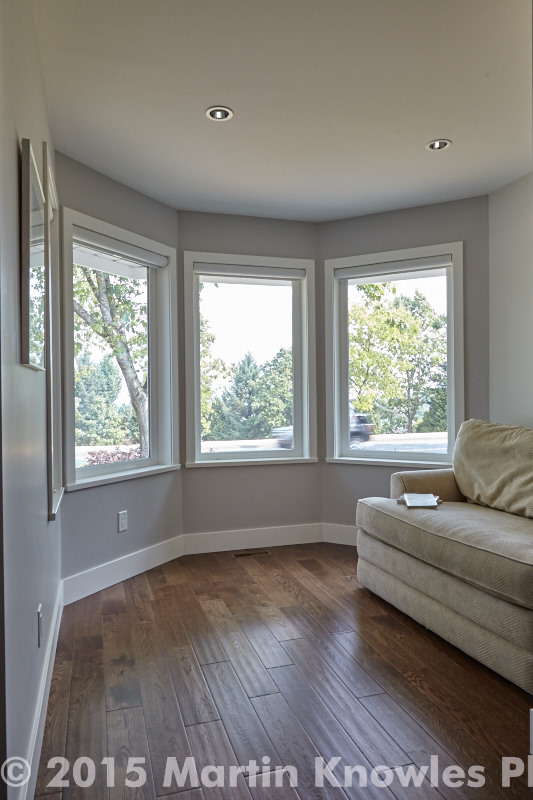
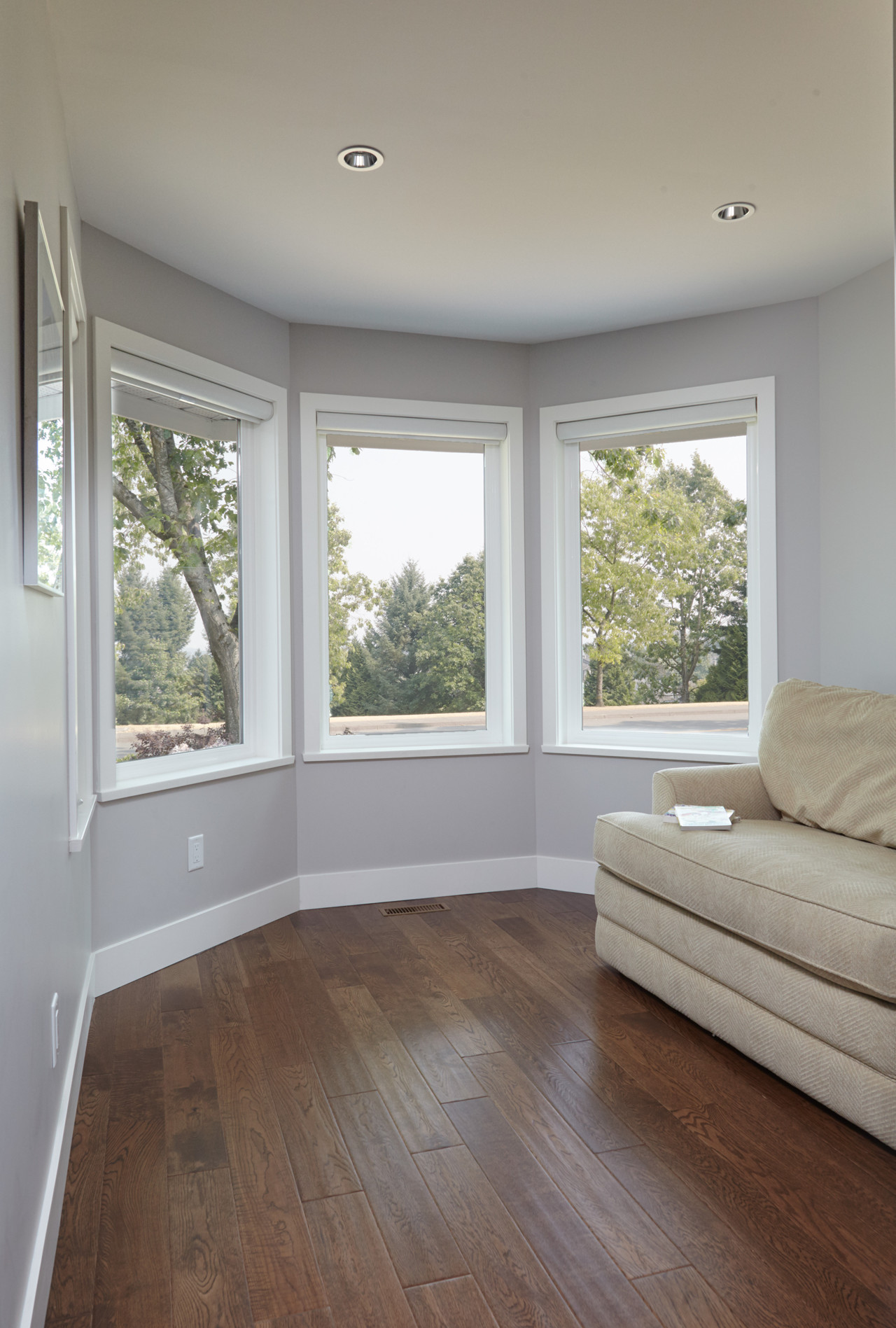
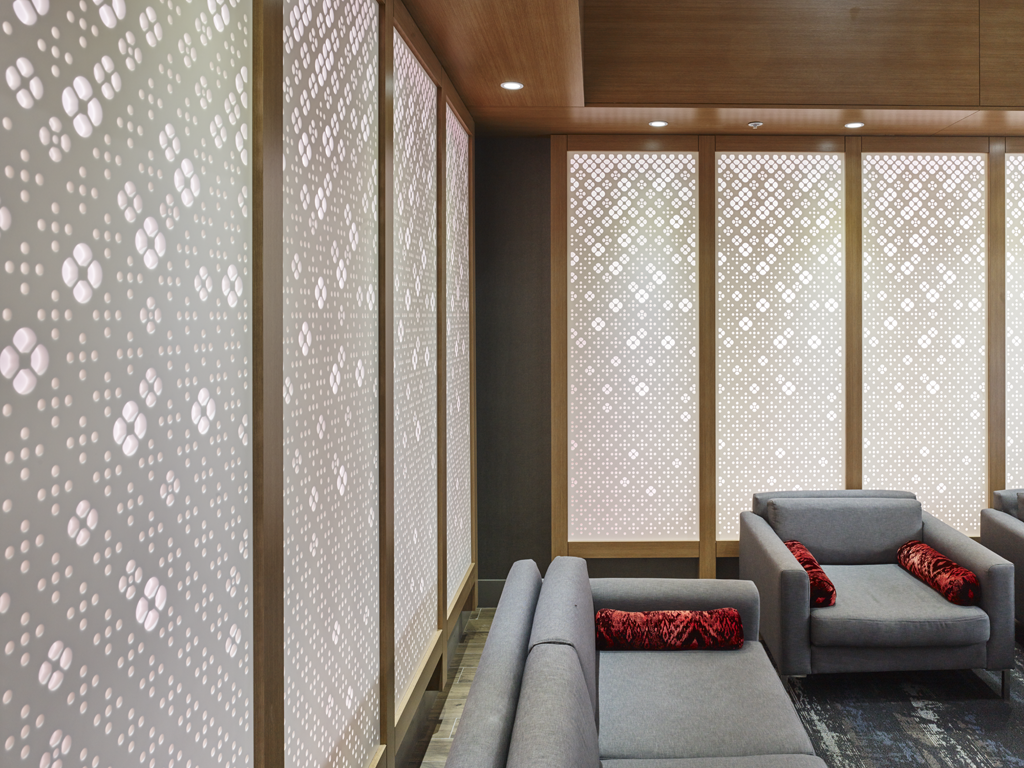
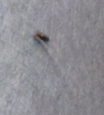


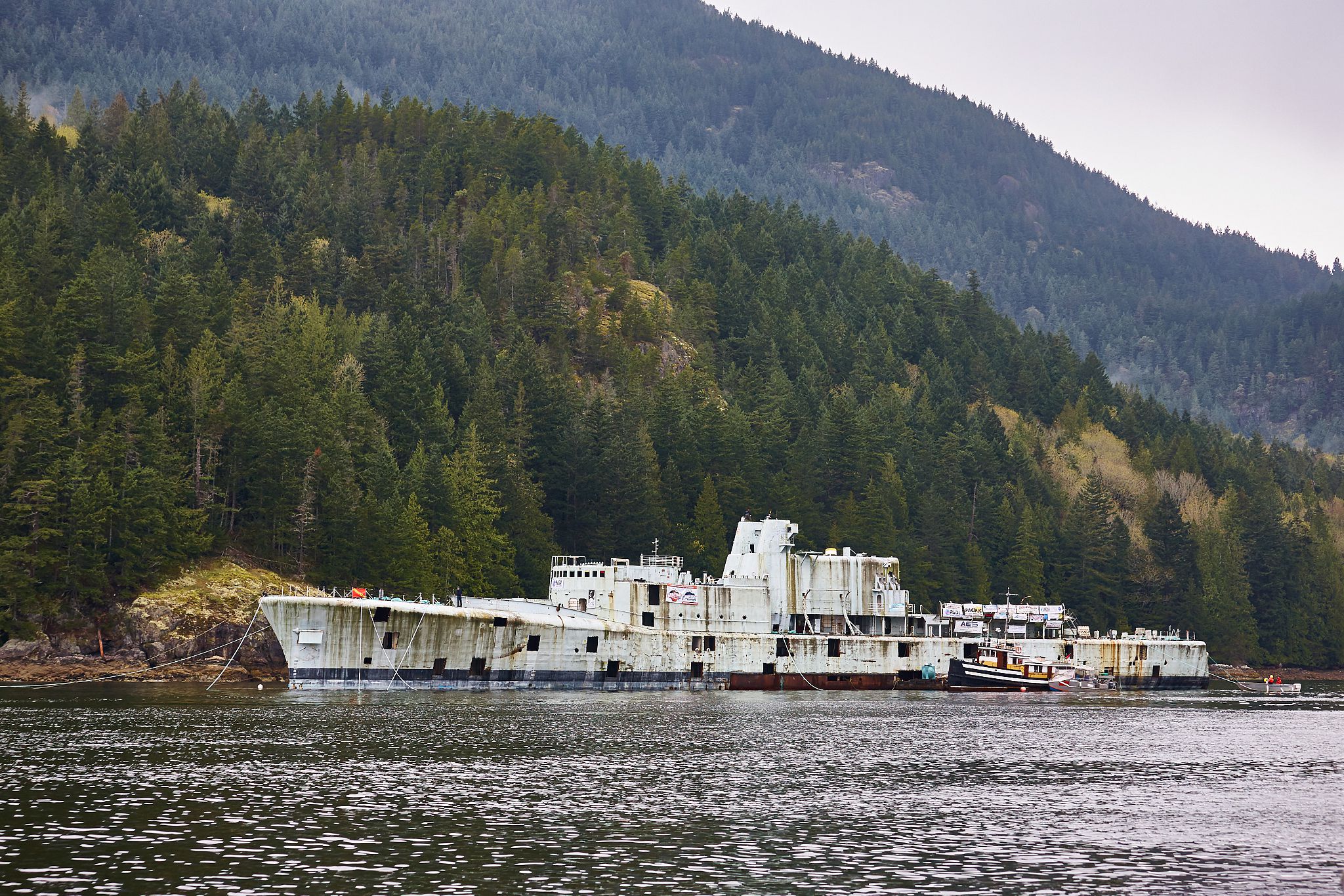
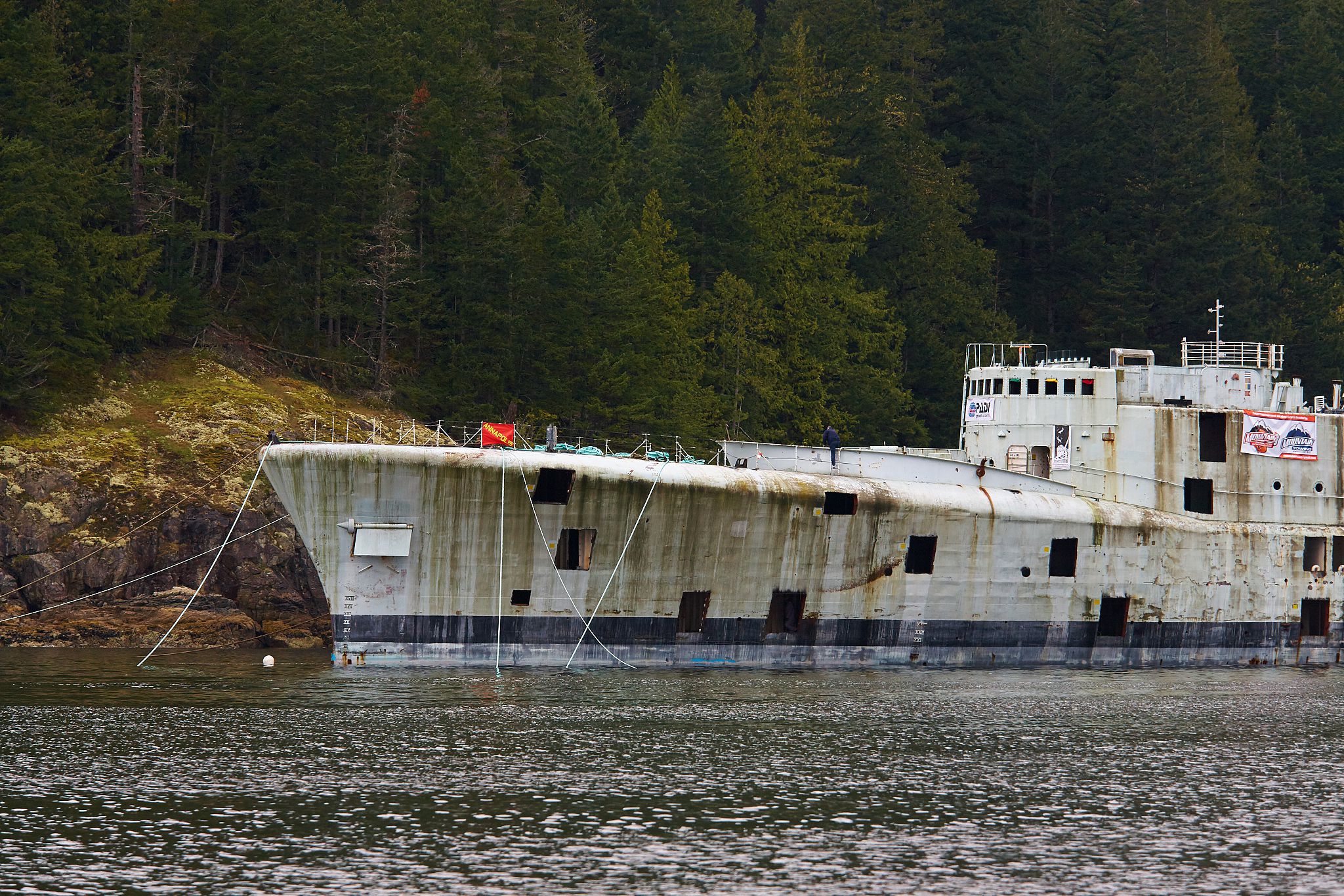
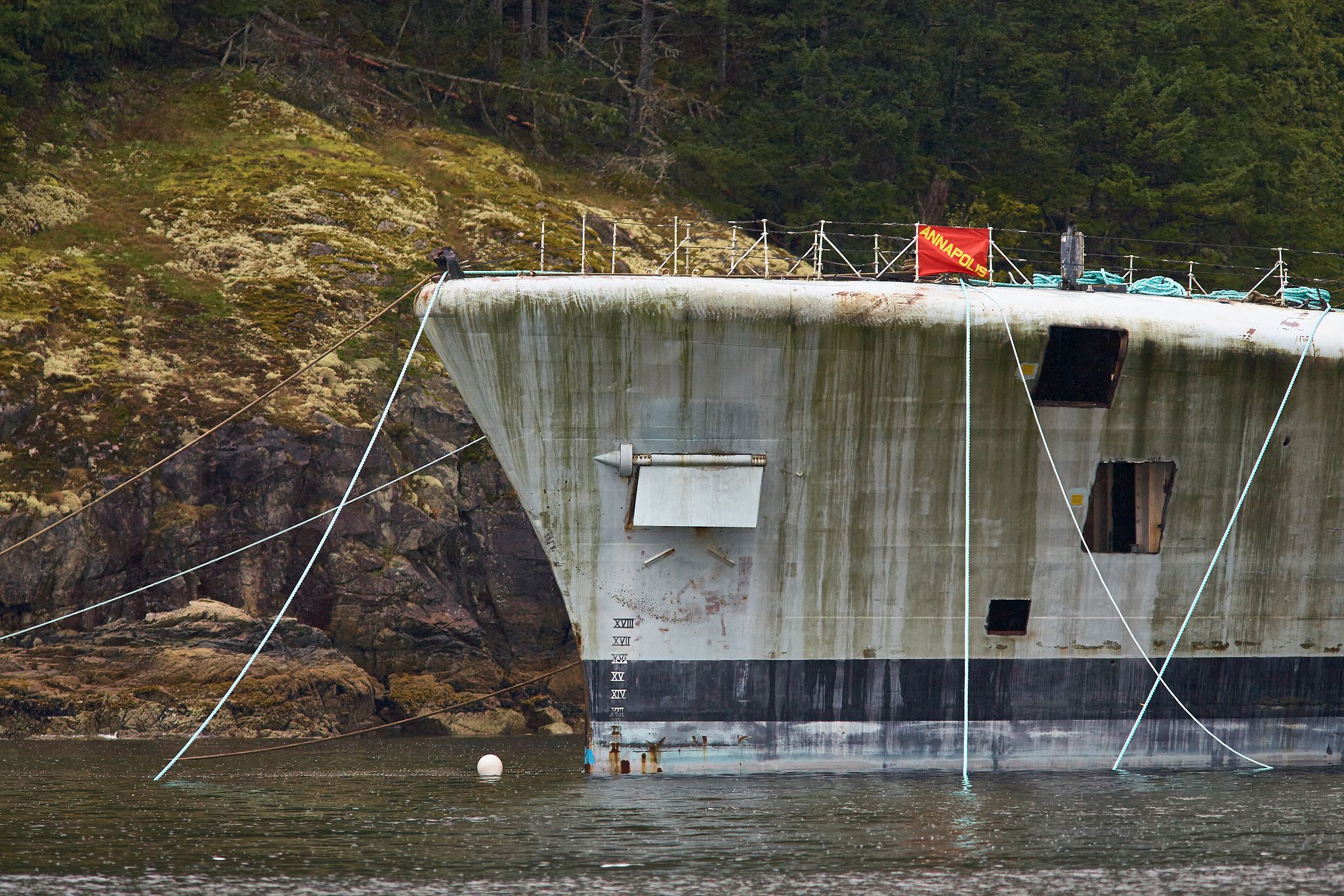
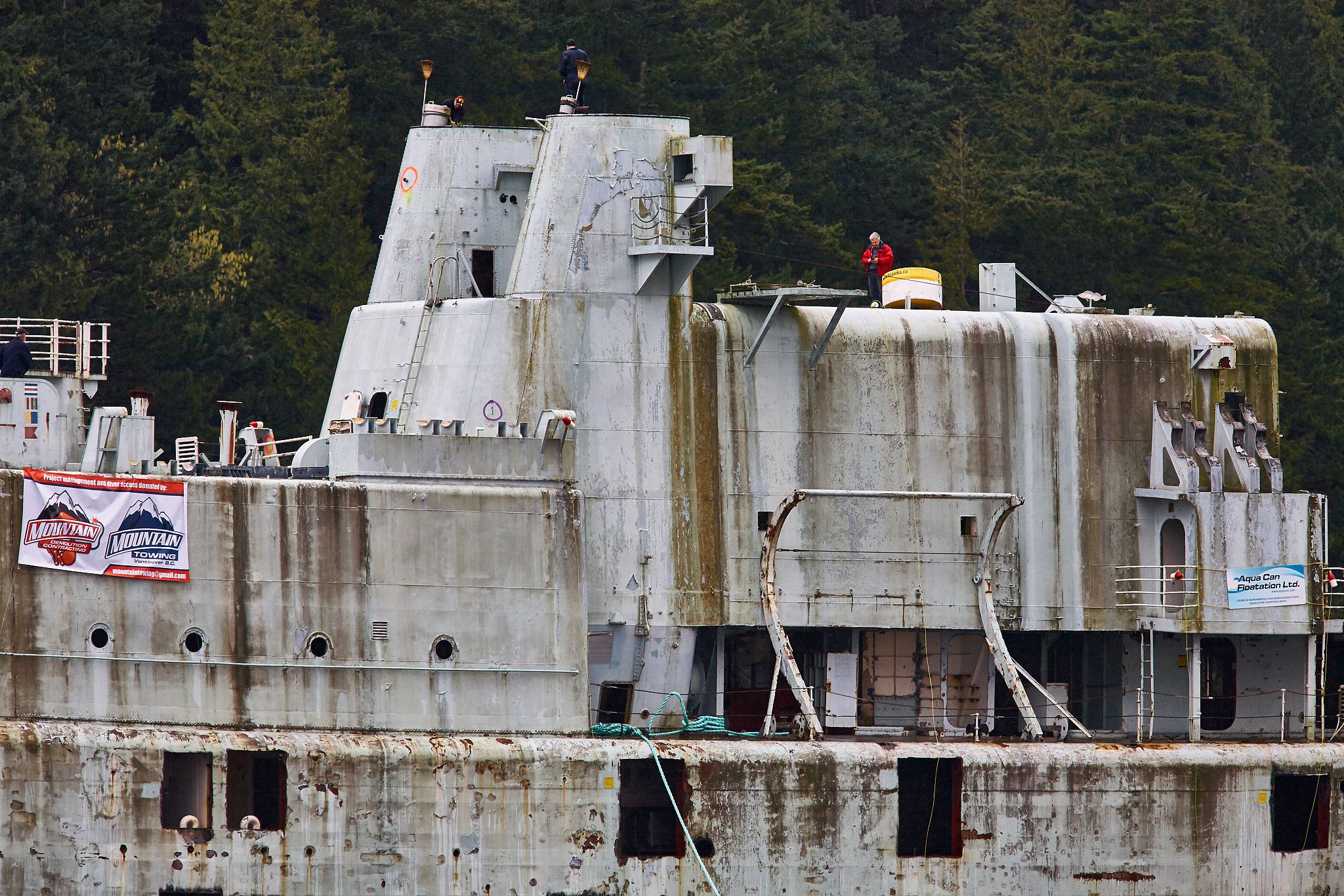
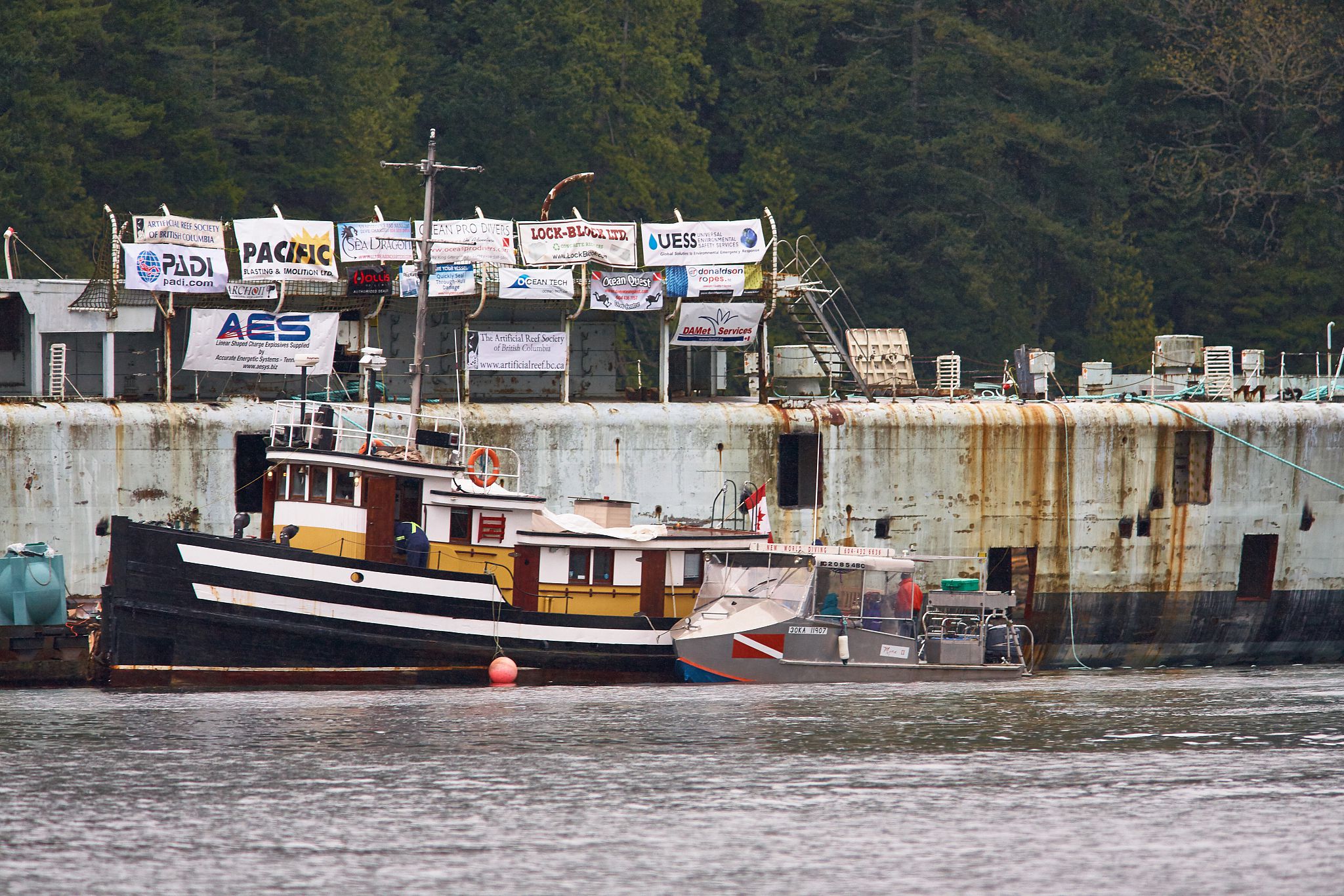
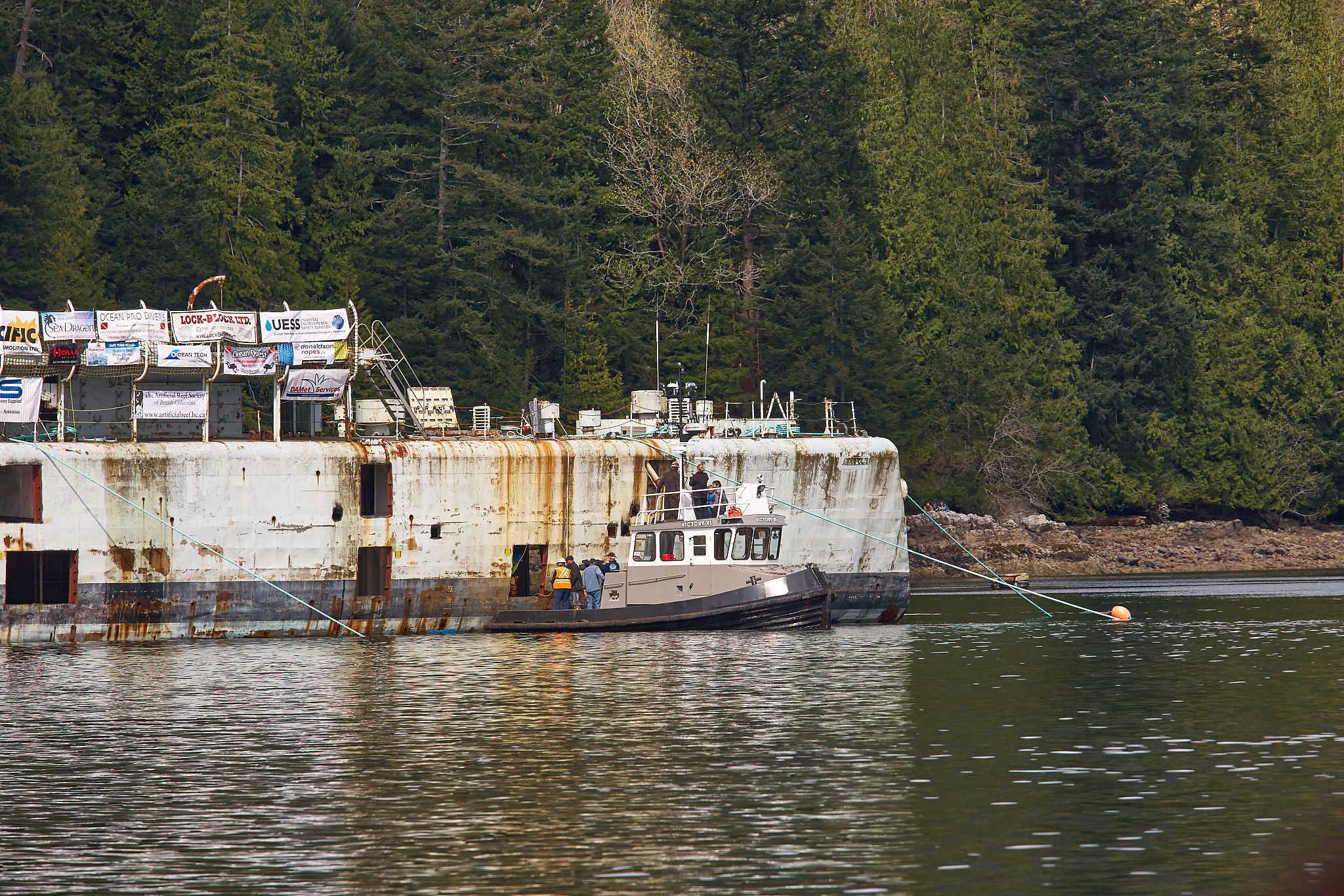
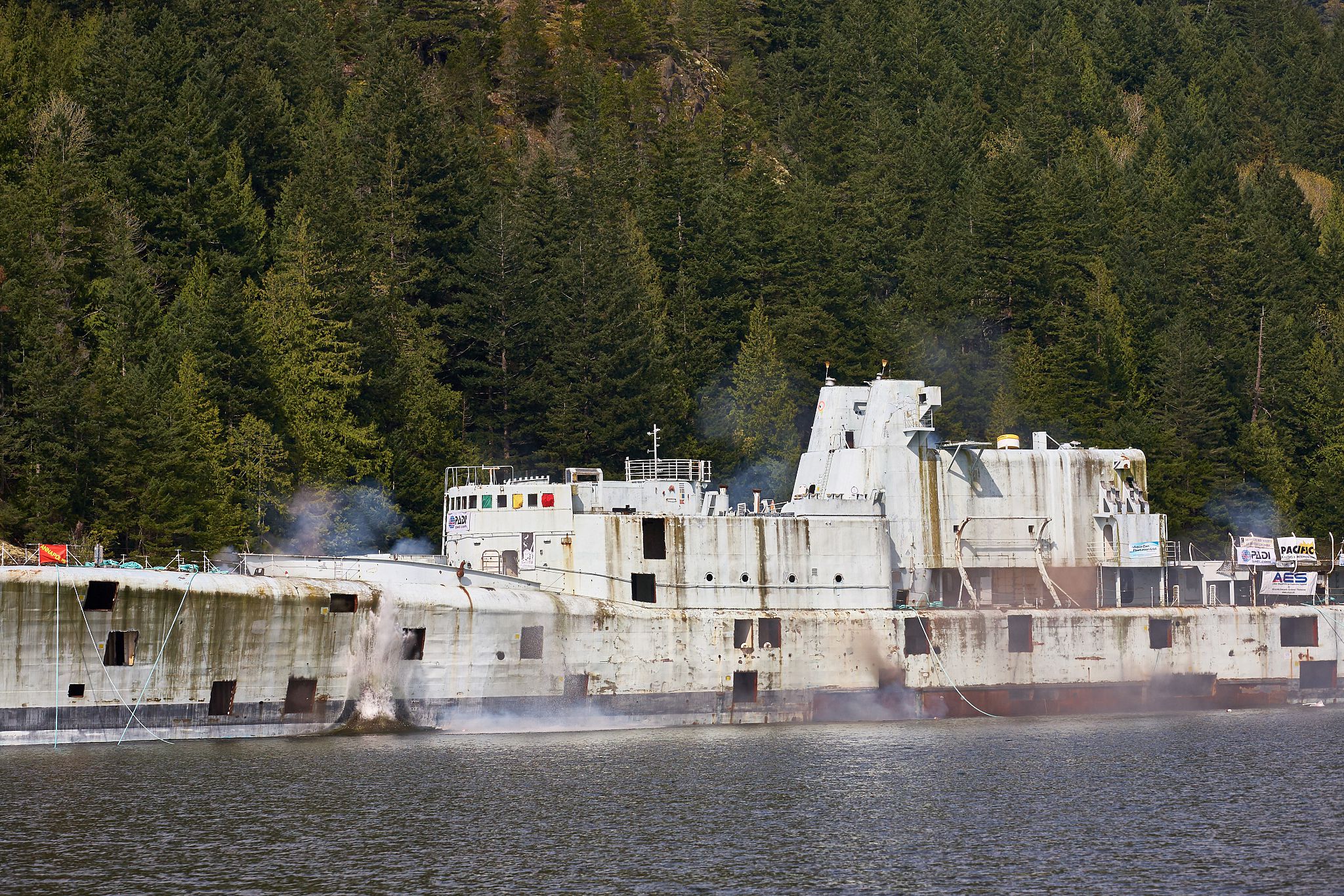
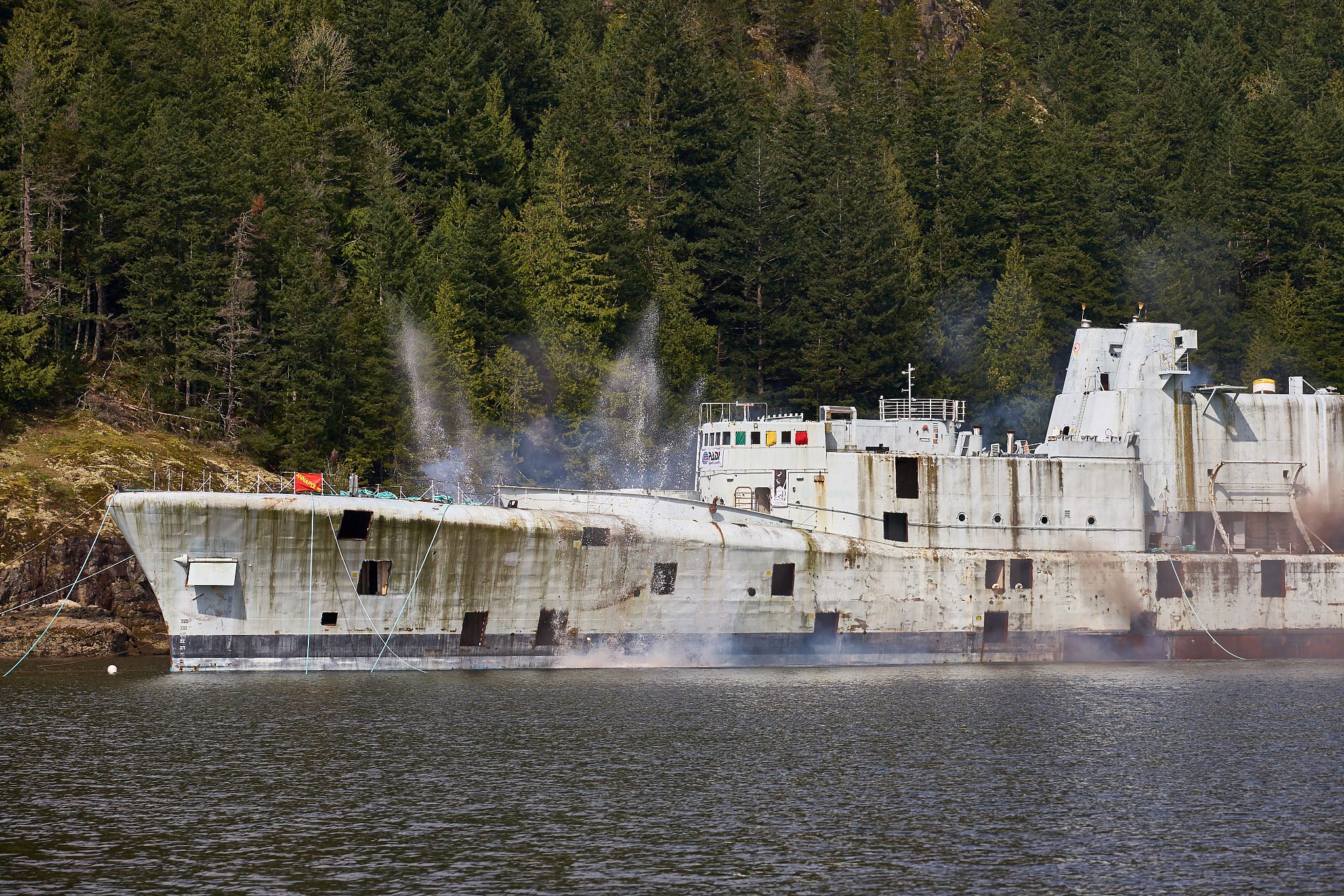
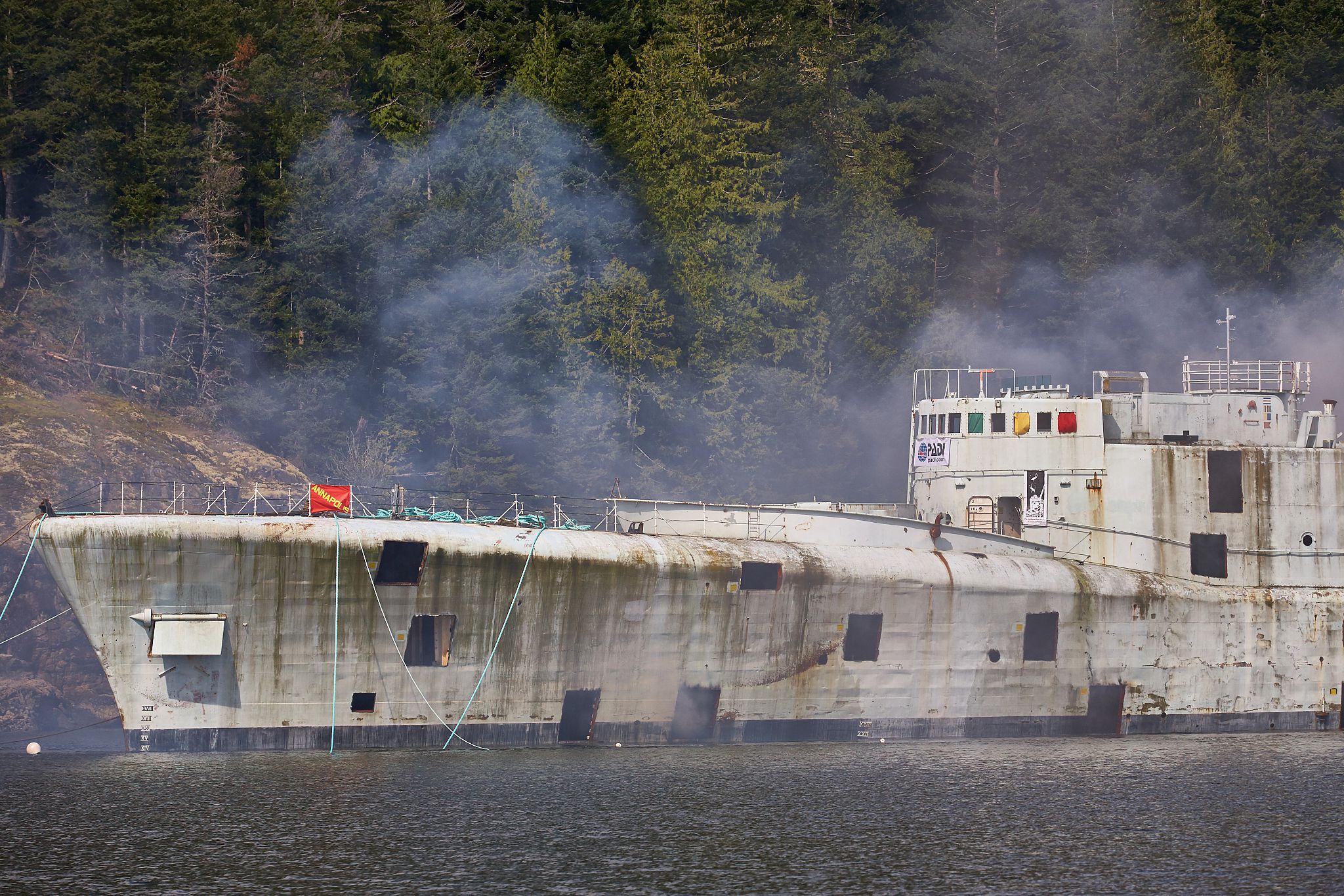
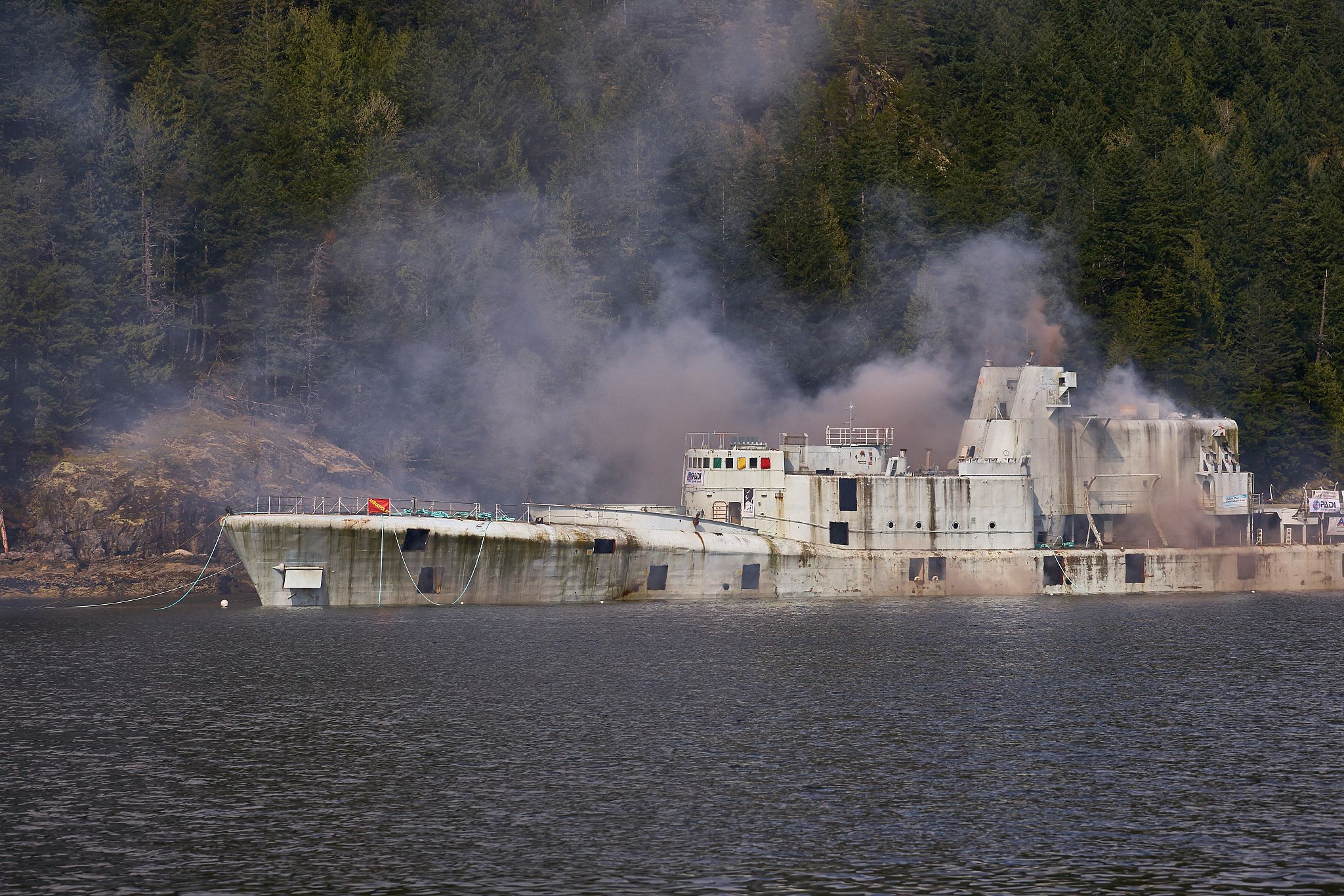
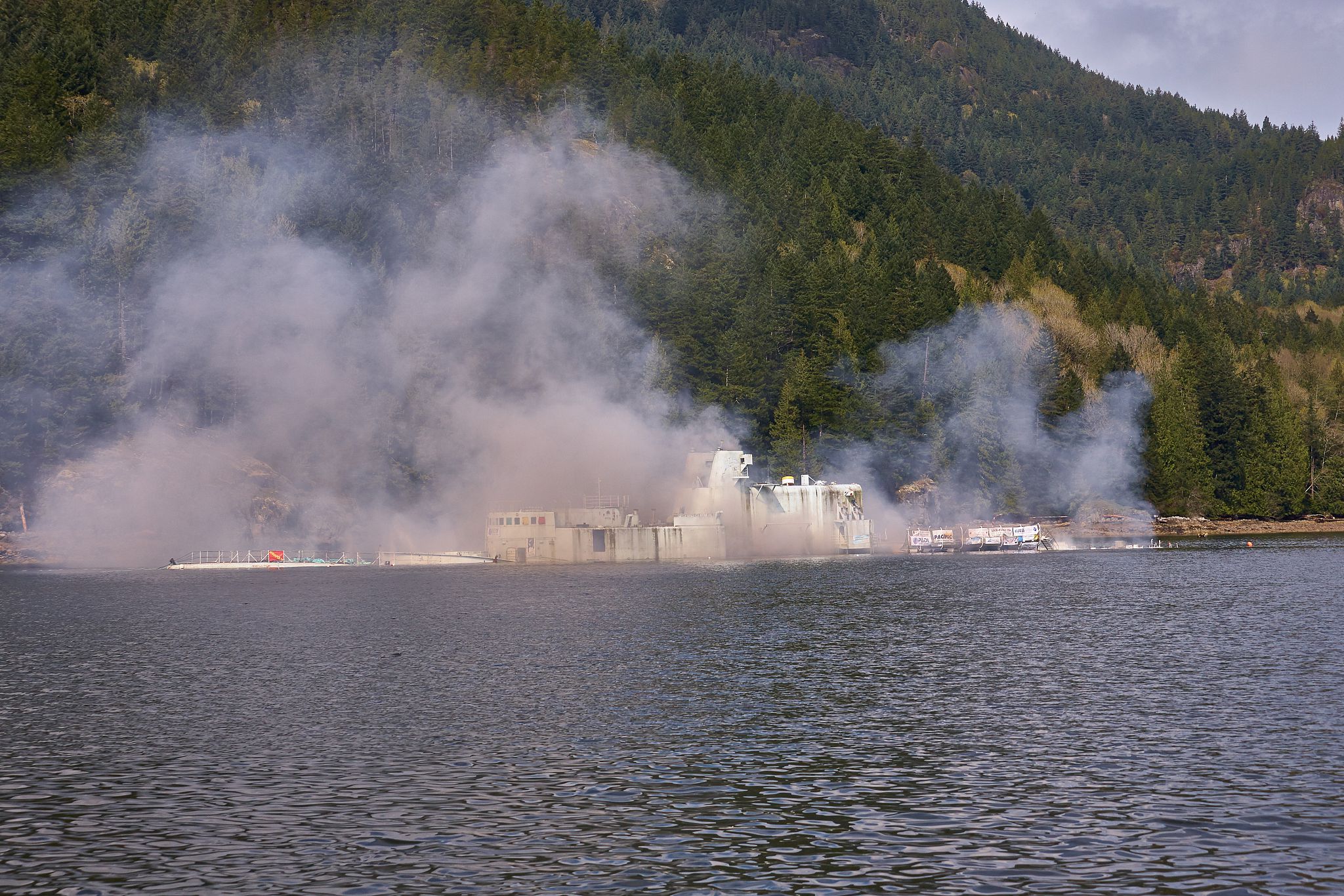

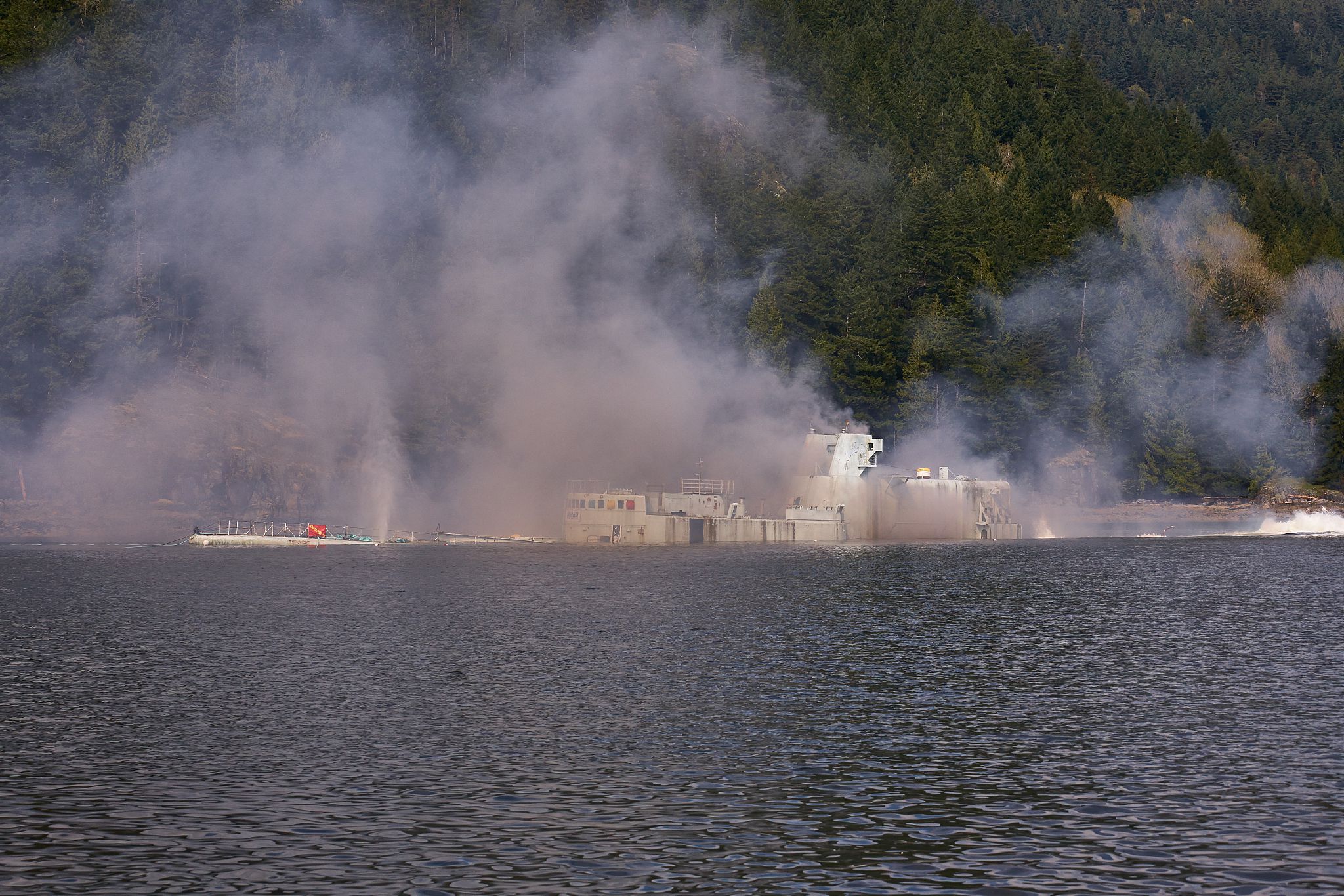
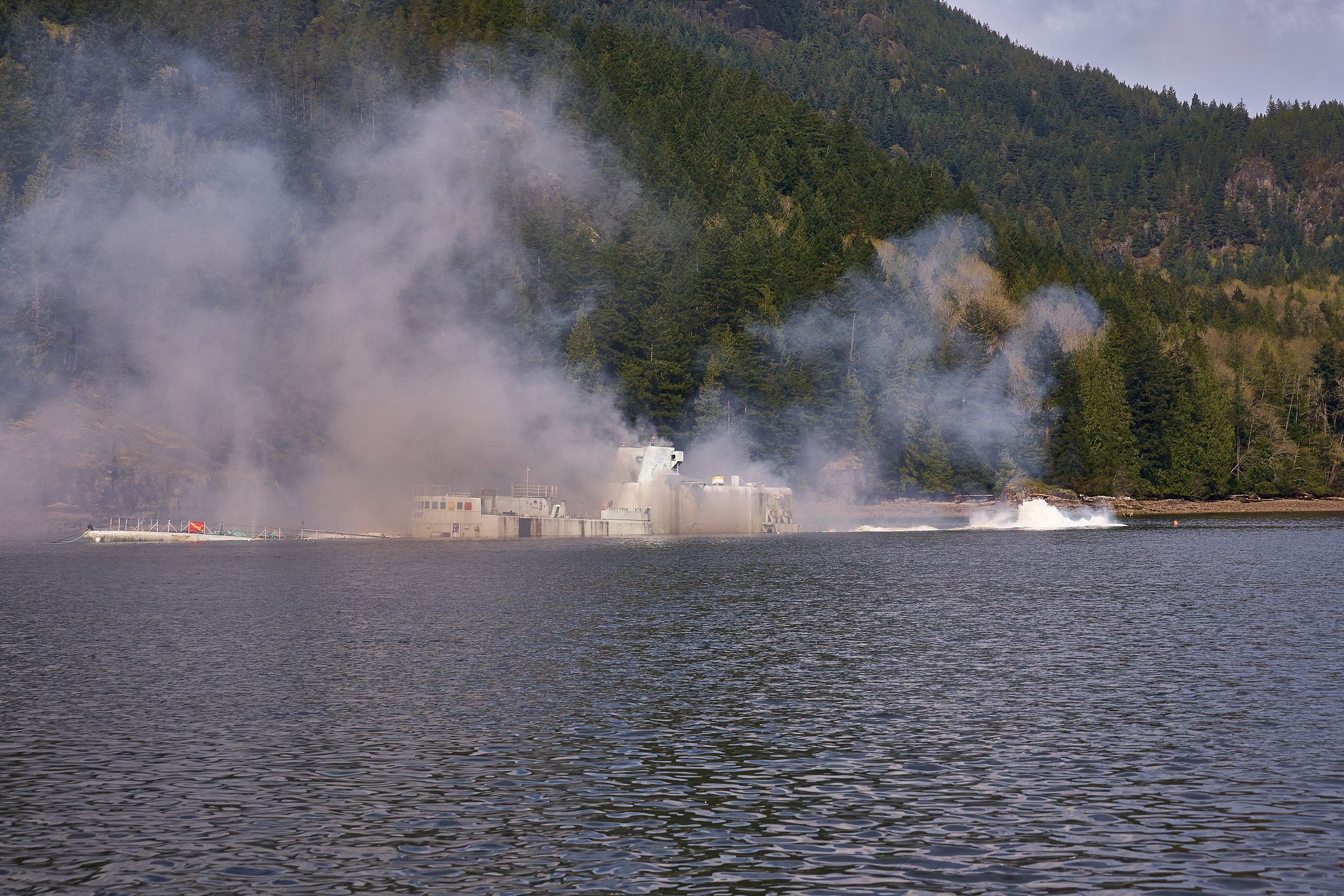
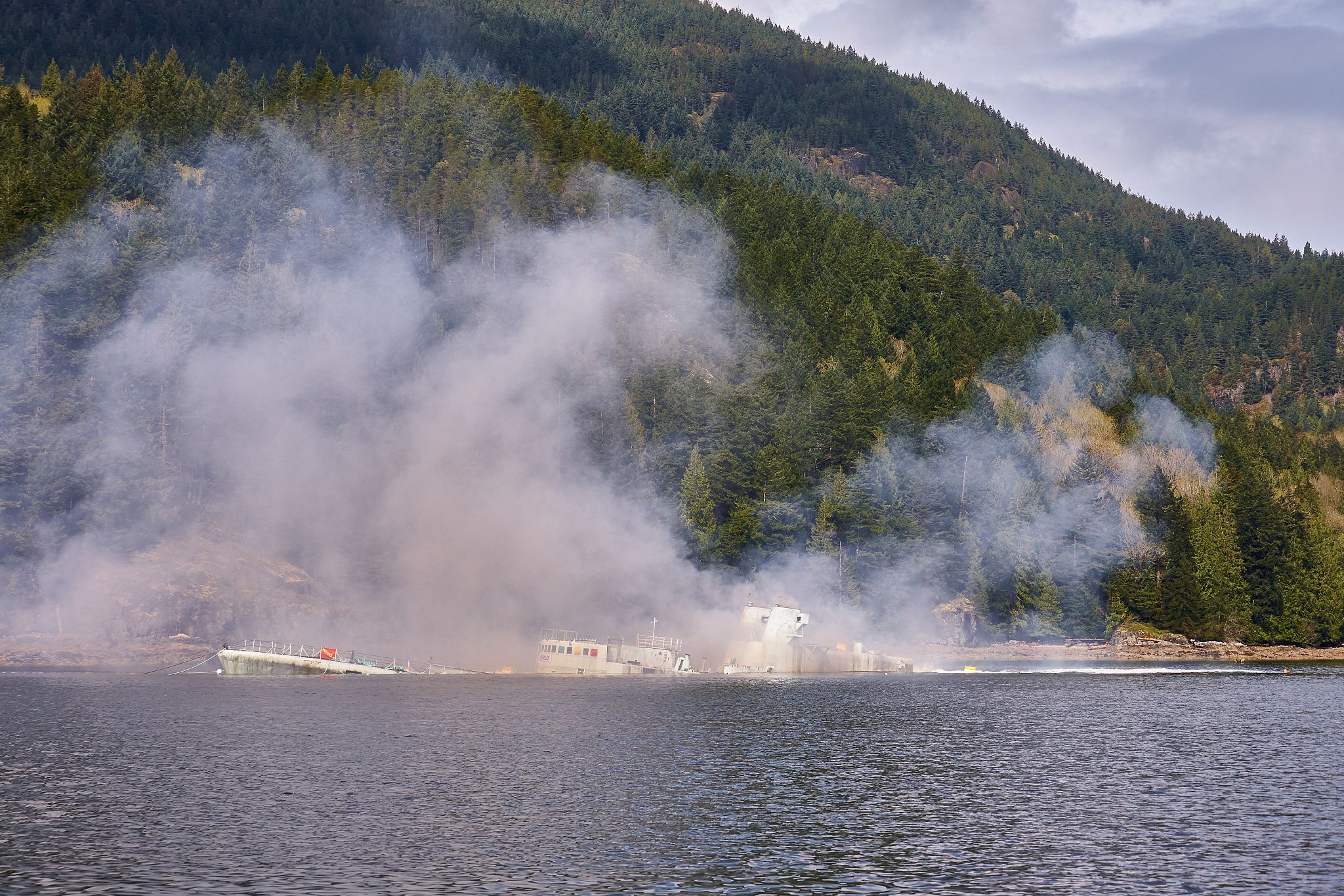
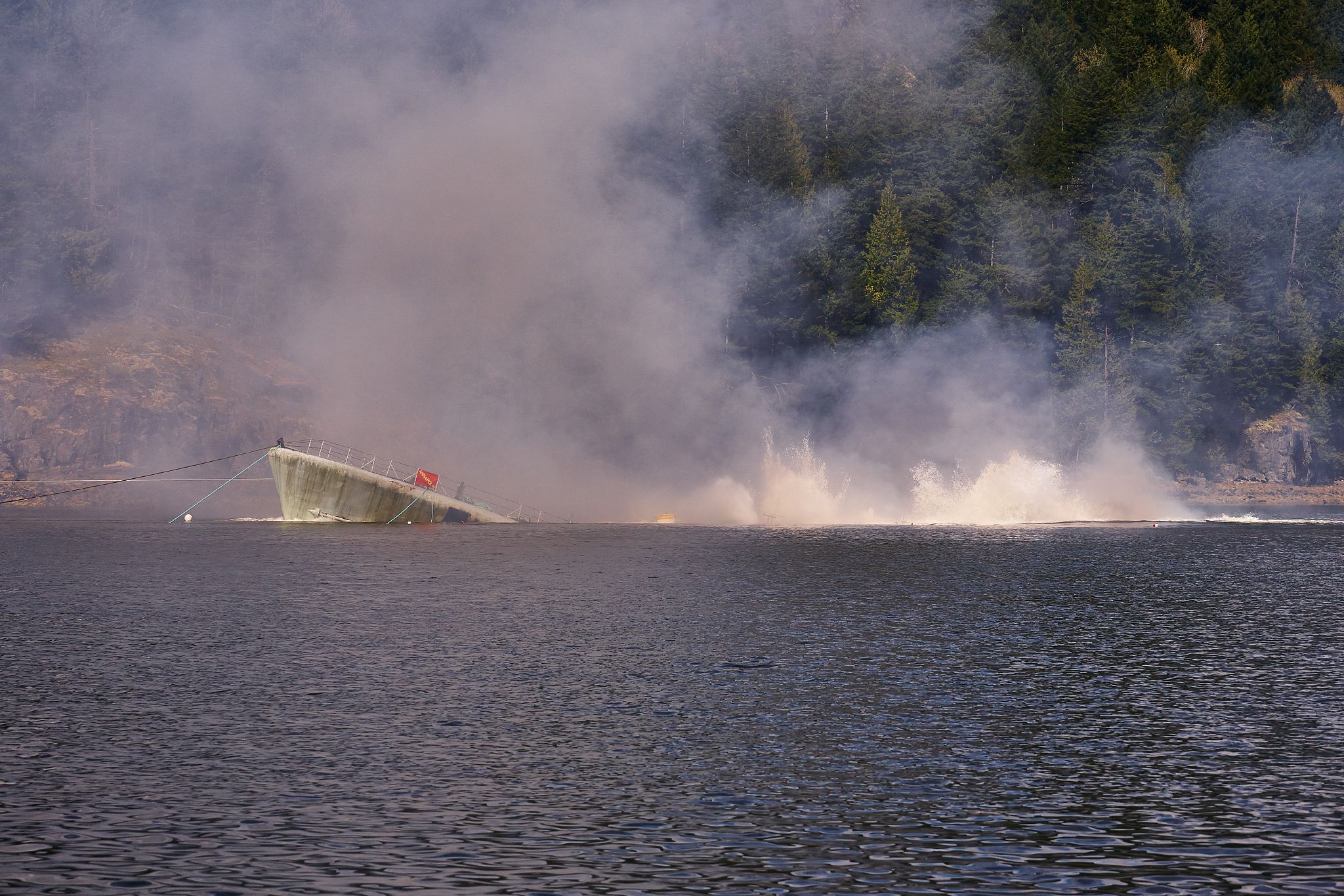
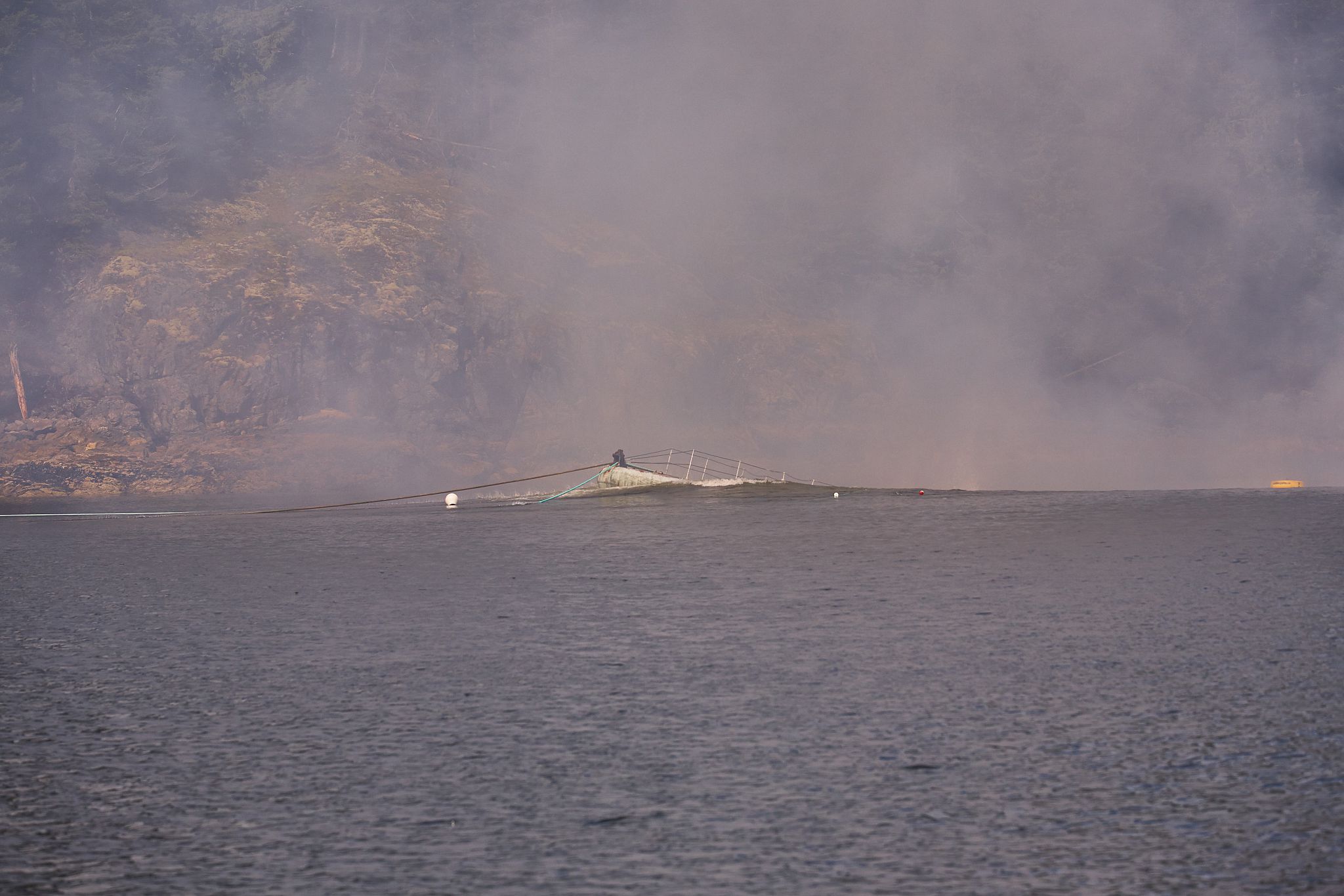
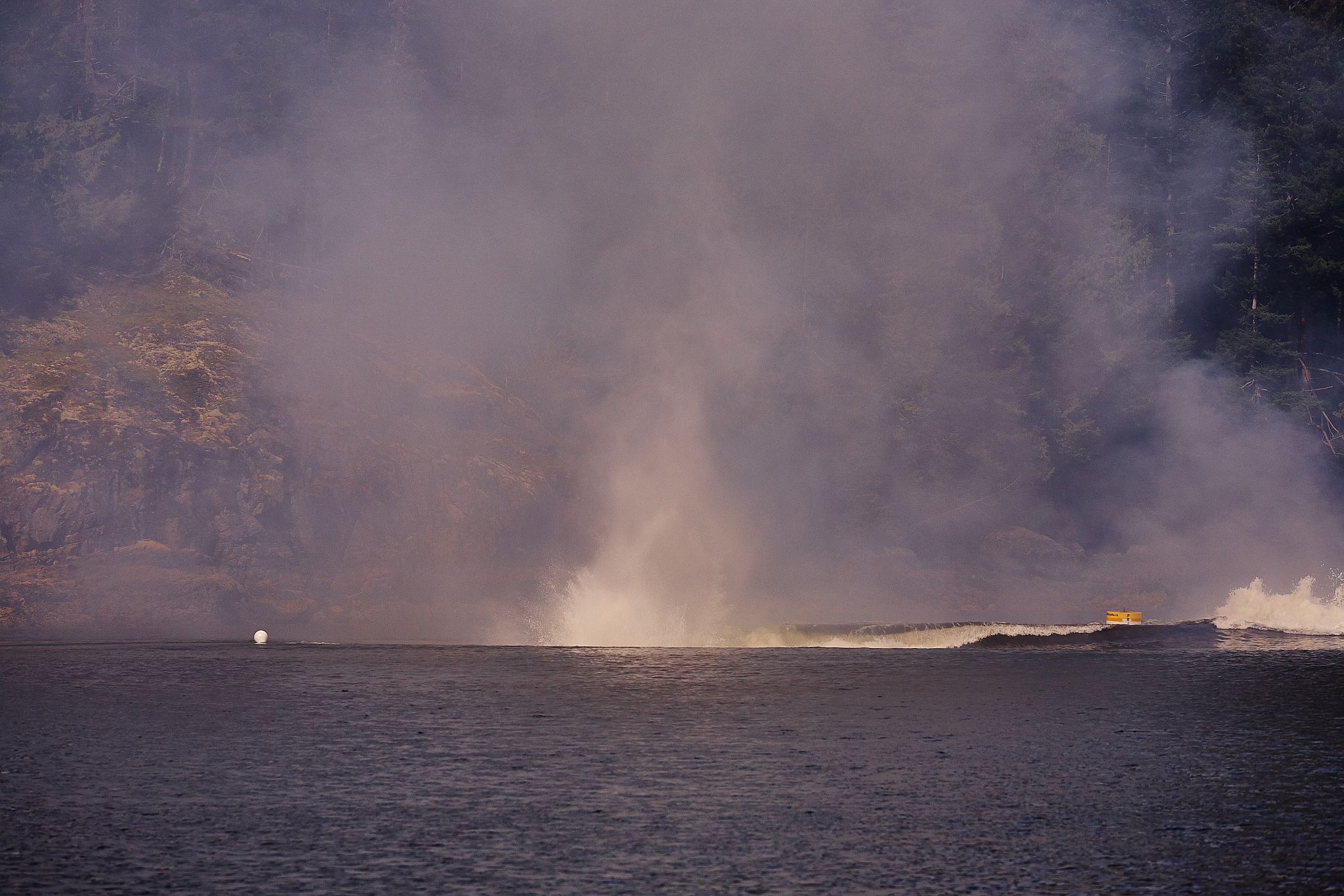
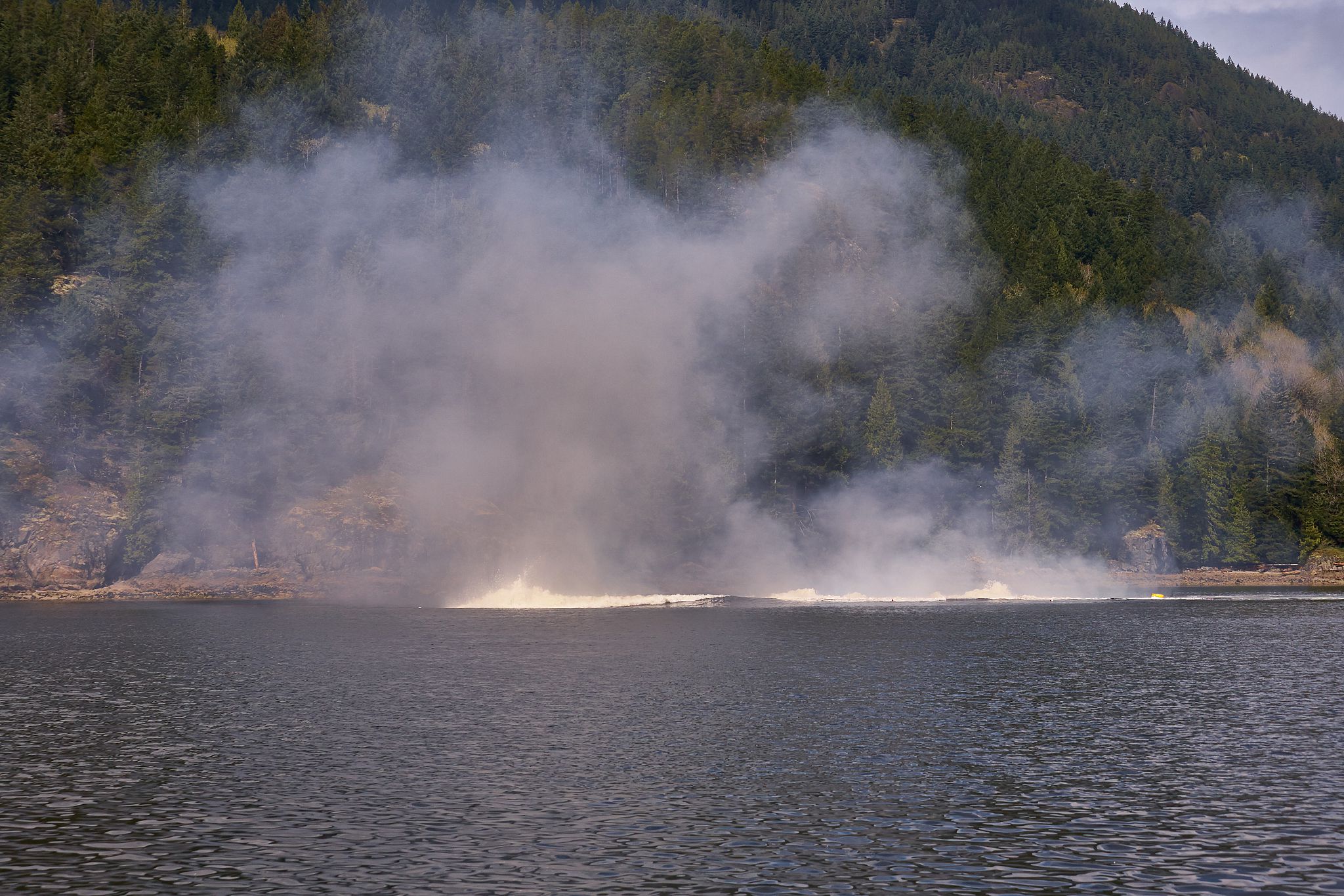
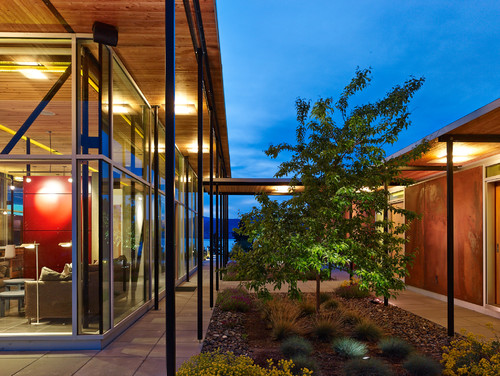




 I got universally positive reviews on this format: it was small enough to fit in a notebook, and thin enough that it would fit on the end of a 2x4 wall or on the A-pillar of a pickup truck--and that's important when you have a lot of builder clients!
I got universally positive reviews on this format: it was small enough to fit in a notebook, and thin enough that it would fit on the end of a 2x4 wall or on the A-pillar of a pickup truck--and that's important when you have a lot of builder clients!